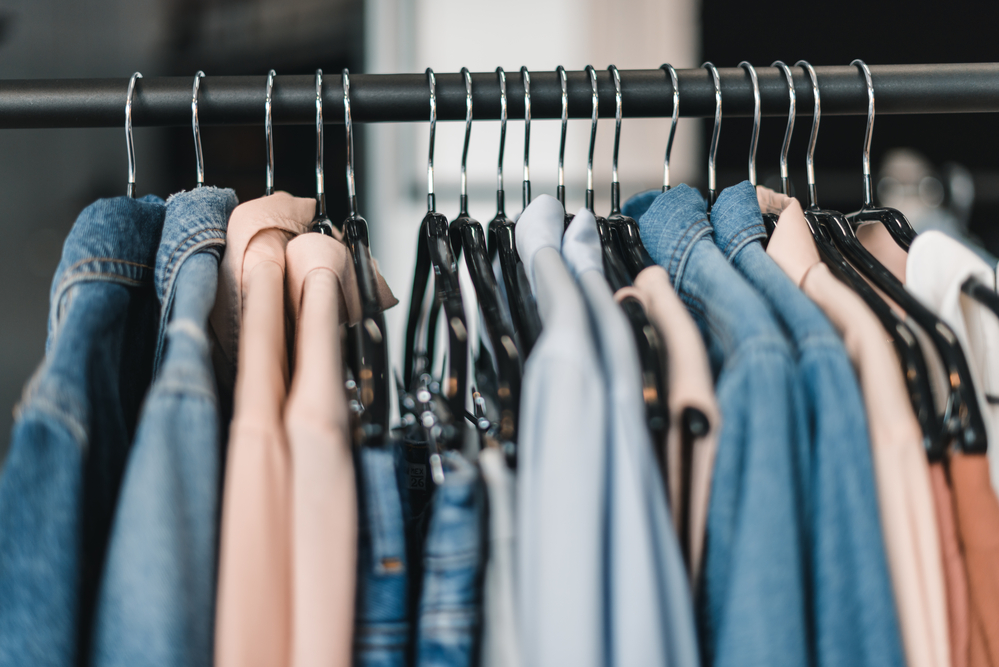
The annual shopping season is both a measure of current economic activity and a harbinger of things to come. We tend to look at holiday sales numbers as a gauge of where retail is. This year’s numbers are encouraging in a general sense, but they are a mixed bag for clothing retailers.
According to the Business of Fashion website, the National Retail Federation reports a holiday sales increase of more than 8% for 2020. However, much of the growth was the result of online shopping and surging interest in home-improvement products. Brick-and-mortar sales of retail clothing declined for a third month in December.
Separate data from the NPD Group suggests that sales of clothing and apparel at multi-brand retailers was up 27% during the first week of January. That is the largest increase since the start of the pandemic. How do we square such a strong increase against the general decrease in retail clothing?
Different Shopping Experiences
If we take all other retail out and focus strictly on apparel, some interesting patterns emerge. Those patterns are related to the different shopping experiences consumers had available to them. Bear in mind that in many states where lockdown restrictions were severe, department stores that sold groceries were allowed to remain open while clothing-exclusive retailers were forced to shut their doors.
In other words, you could shop for new jeans while you were picking up groceries at Walmart. But you couldn’t visit The Stockist men’s and women’s boutique in downtown Salt Lake City. This automatically gave the edge to multi-brand department stores.
The other half of this equation is online shopping. More now than ever, online opportunities separate successful retailers from those struggling to get by. If you are not selling online, you are definitely behind the eight ball.
Online Competition Is Stiff
Retailers know their biggest challenge in the online world is competition that starts with the world’s number one online seller: Amazon. For right or wrong, the fact remains that Amazon dominates online retail. Others have to either work with them or find a way to work around them.
Some clothing retailers offer online stores direct from their websites. The Stockist is one example. They have offered both in-store and online shopping since their inception. Other retailers maintain online stores but also sell on Amazon. Still others sell exclusively through Amazon.
The point of all of this is to say that online sales really boosted multi-brand retail during the holiday season, according to the previously cited data. If you run a clothing retailer selling multiple brands in an online setting, you probably did fairly well this past holiday season. If you sell a single brand in a brick-and-mortar location, your sales were probably off.
Changing Consumer Priorities
It is difficult to have a discussion of this nature and not talk about consumer priorities. If there is one thing the coronavirus crisis has made evident, it is the fact that far too many of us play fast and loose with our finances. We spend every dime we make without realizing how foolish that is until the income dries up.
It is quite possible that, moving forward, we will not spend nearly as much on new clothing. It’s possible we’ll stretch our wardrobes further. To do so, we might concentrate less on fashion and more on function.
This year’s holiday sales numbers were better than a lot of analysts were expecting. Across the board, things are looking up. But for retail clothing and accessories, it’s a mixed bag. Things are changing in ways that are likely to impact the industry for years to come.


